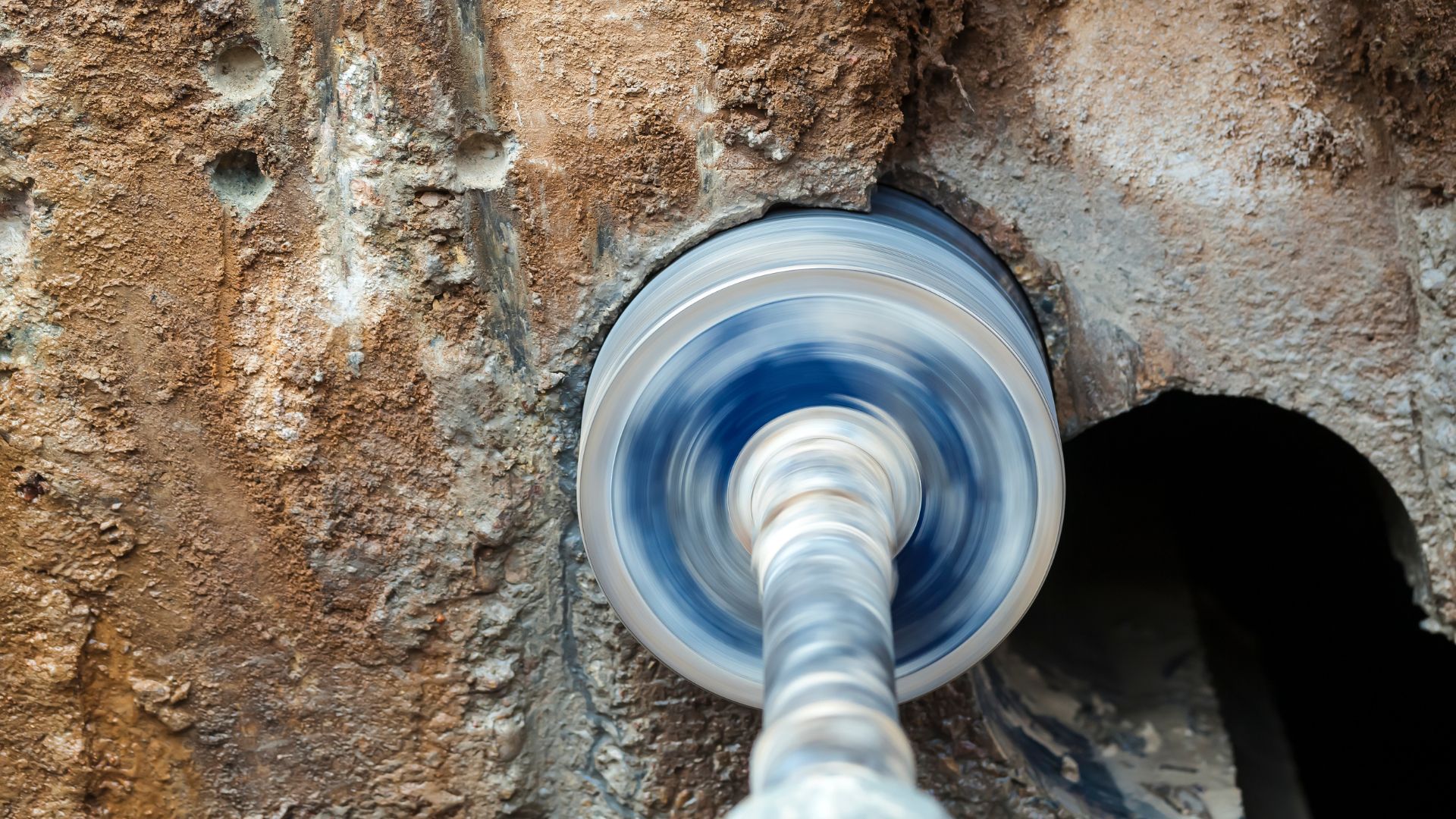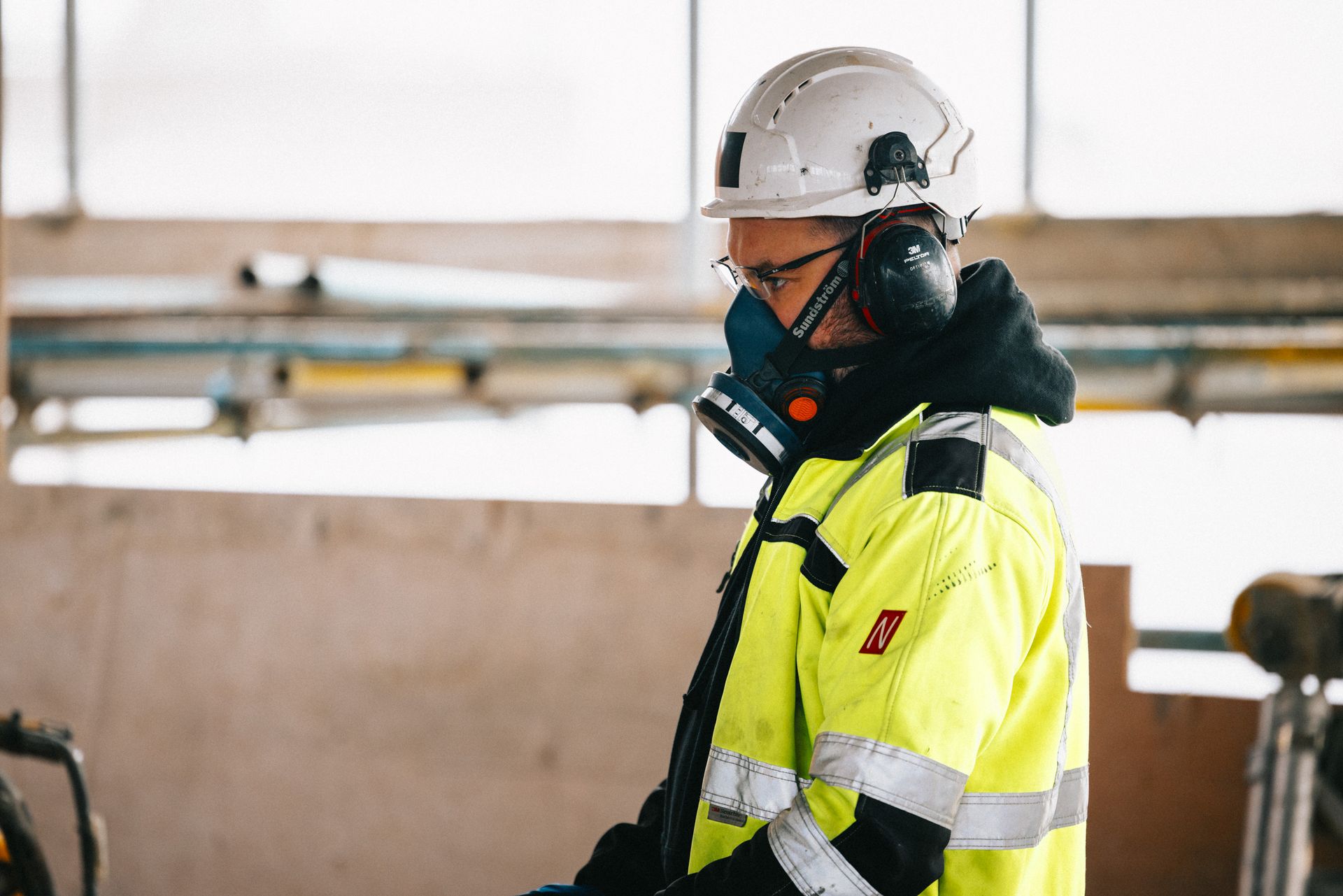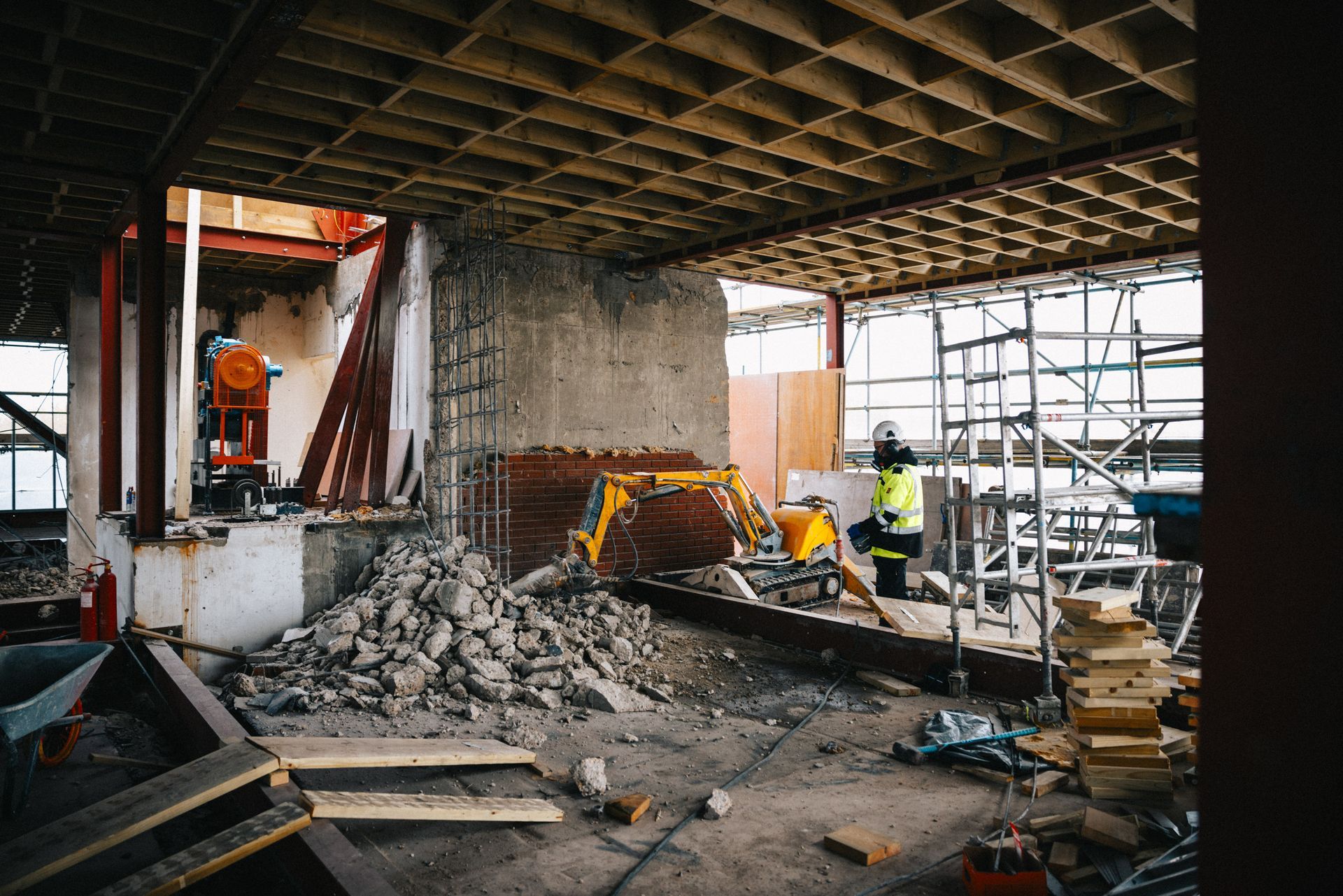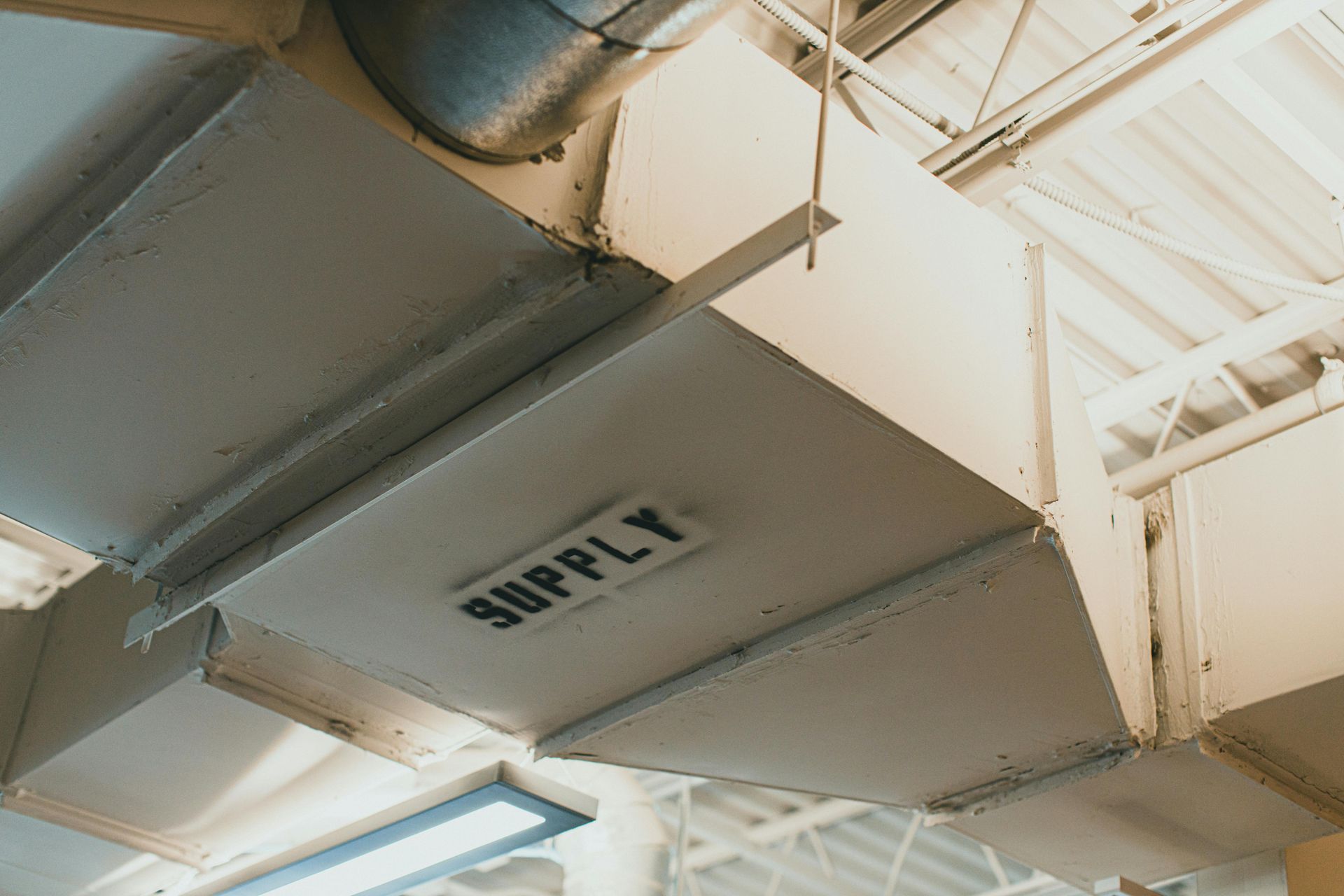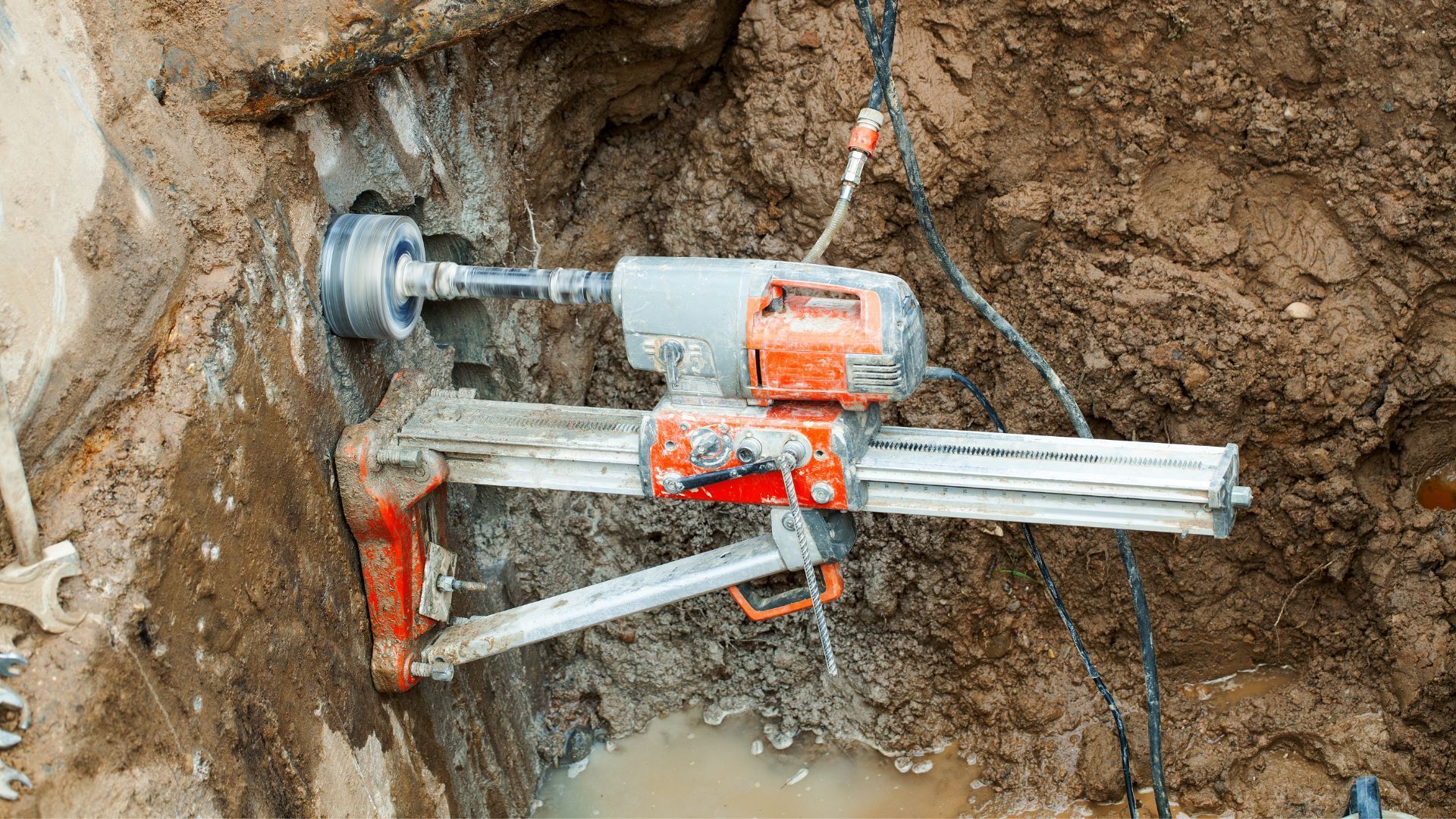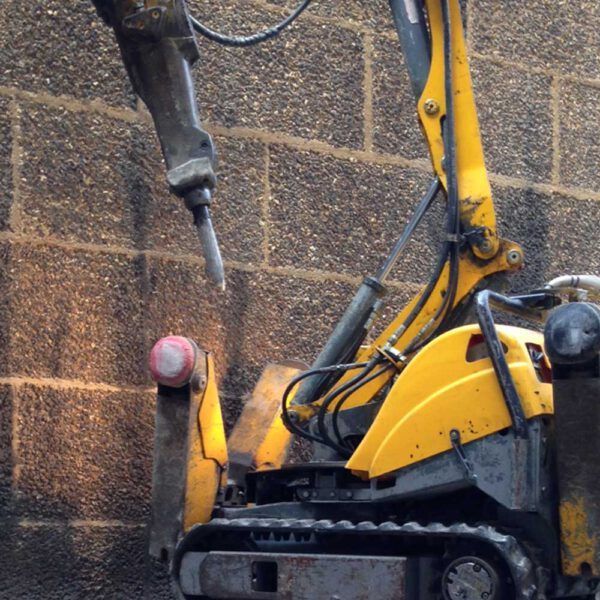This is a subtitle for your new post
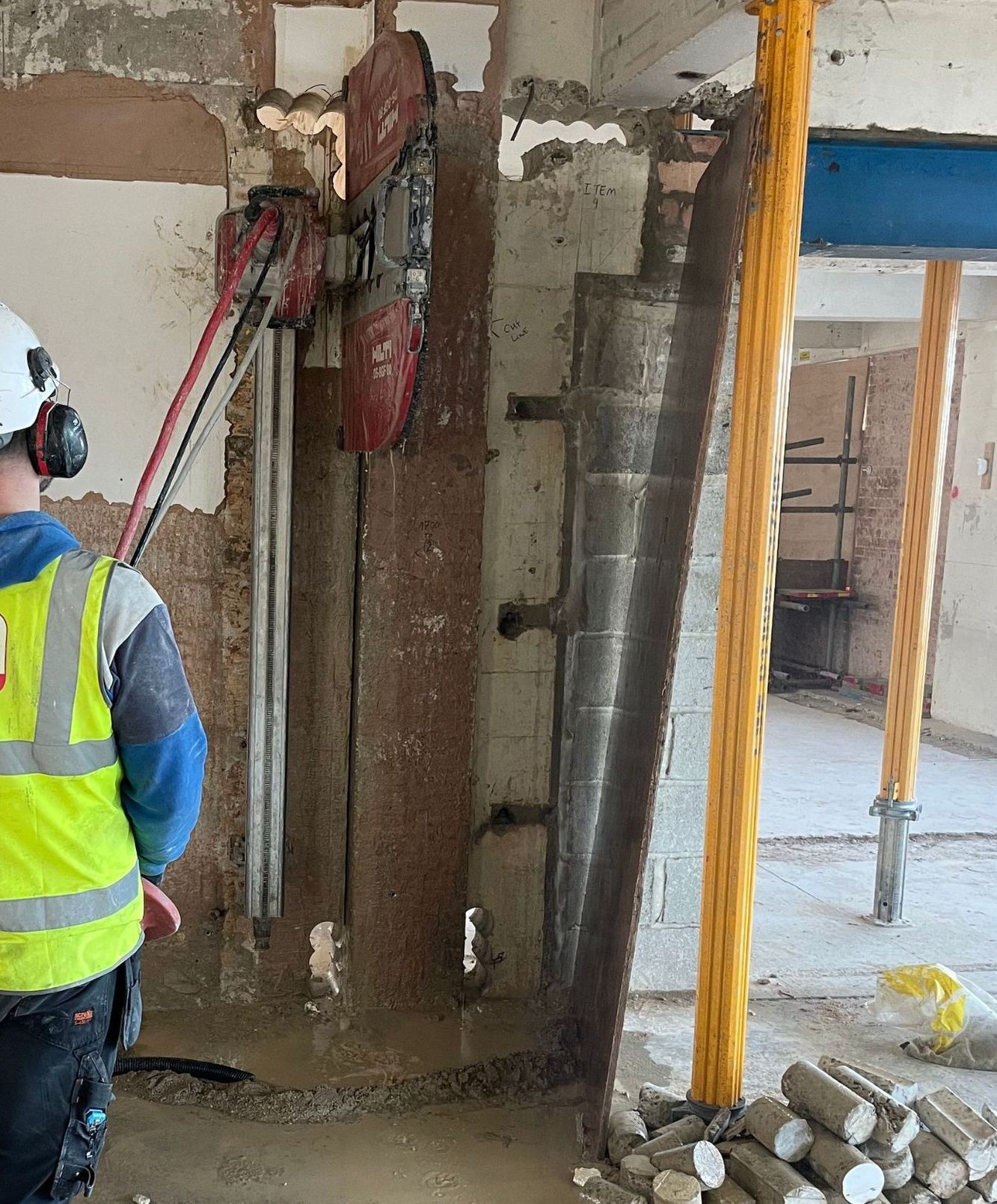
In these conditions, precision and control are essential. That’s where diamond drilling excels, offering clean, accurate openings for pipework, ducting, and cable routes without excessive noise, dust, or vibration.
This guide explores how diamond drilling supports M&E installations in live buildings, why it’s the preferred choice for sensitive environments, and how PCDD helps engineers and contractors deliver efficient, safe projects across London.
What Is Diamond Drilling?
Diamond drilling is a low-vibration, non-percussive technique that uses diamond-tipped bits to cut precise holes through materials like concrete, brick, and stone.
Because it produces minimal noise and dust - particularly when combined with water suppression or vacuum systems - it’s ideal for occupied or operational environments.
Key advantages include:
- Silent, vibration-free performance
- Dust-free drilling options
- High precision with clean edges
- No damage to surrounding structures
These characteristics make diamond drilling indispensable for M&E works carried out in commercial offices, hospitals, schools, and other busy premises.
What Are Live Buildings?
A live building is a structure that remains occupied and operational while construction, maintenance, or refurbishment work is underway.
Examples include:
- Hospitals and healthcare facilities
- Offices during HVAC or electrical upgrades
- Retail spaces open during fit-outs
- Residential blocks with active tenants
In such environments, noise, dust, and vibration must be tightly controlled - which makes diamond drilling the safest and most practical drilling method.
How Diamond Drilling Supports M&E Installations
Creating Pathways for M&E Services
Diamond drilling forms clean, circular openings for:
- Electrical conduits and cable trays
- Plumbing and drainage lines
- Fire protection and sprinkler systems
- HVAC ducting and risers
These holes provide essential access for services to pass through walls, floors, and ceilings without compromising structural integrity.
Precision in Confined or Complex Spaces
Diamond drilling rigs can be mounted in tight risers, ceilings, or plant rooms, delivering exact placement even in limited access areas. This precision is critical for accurate routing of M&E systems.
Minimal Noise and Dust
The non-percussive nature of diamond drilling means it creates very little vibration, and when combined with water cooling or vacuum systems, it keeps dust levels almost zero — vital for maintaining safe, clean environments.
Safe Operation Around Live Systems
Diamond drilling equipment can operate safely near live electrical, mechanical, and plumbing systems, allowing contractors to continue installations without shutting down building utilities.
Advantages of Diamond Drilling for Contractors and Building Managers
- Enables work during operating hours with minimal disruption
- Shorter project timelines due to efficient drilling processes
- Health and safety compliance under HSE and COSHH regulations
- Improves occupant comfort and reduces complaints
- Ensures accurate penetrations for M&E components, minimising rework
These advantages make diamond drilling the preferred solution for live-building M&E projects across London’s commercial, residential, and infrastructure sectors.
Diamond Drilling Case Study Example
During a secure London bank refurbishment, PCDD was tasked with creating a new doorway through a reinforced vault wall.
The quickest and safest method was to diamond drill a series of overlapping cores to outline the opening, before carefully breaking out the section.
This approach delivered a precise, controlled result with minimal vibration and no damage to the surrounding structure - essential in such a high-security environment.
Health, Safety & Compliance in Drilling
Professional diamond drilling meets stringent safety and quality standards, including:
- Certified CSCS and SSSTS-trained operators
- Detailed method statements and risk assessments (RAMS)
- Dust and noise control compliant with HSE and COSHH
- Conformance with BS EN 206 and relevant structural safety standards
These measures ensure that all work within live buildings is carried out safely, cleanly, and in full compliance with regulations.
Frequently Asked Questions
Can diamond drilling be carried out during office hours?
Yes — it’s quiet and vibration-free, making it suitable for occupied environments.
Is it safe to drill near live services?
Yes, when performed by trained professionals following approved safety procedures.
What materials can be drilled?
Reinforced concrete, brick, blockwork, stone, and asphalt.
What hole sizes can be achieved?
Anything from small service penetrations (10 mm) to large cores over 1 metre in diameter.
Diamond drilling provides the precision, safety, and control needed to carry out M&E installations in live buildings efficiently and responsibly.
Whether you’re upgrading electrical systems, installing HVAC ducting, or adding fire protection infrastructure, PCDD
ensures the work is done accurately and without disruption.
👉 Learn more about our Diamond Drilling London services and how we support M&E contractors across the capital.
